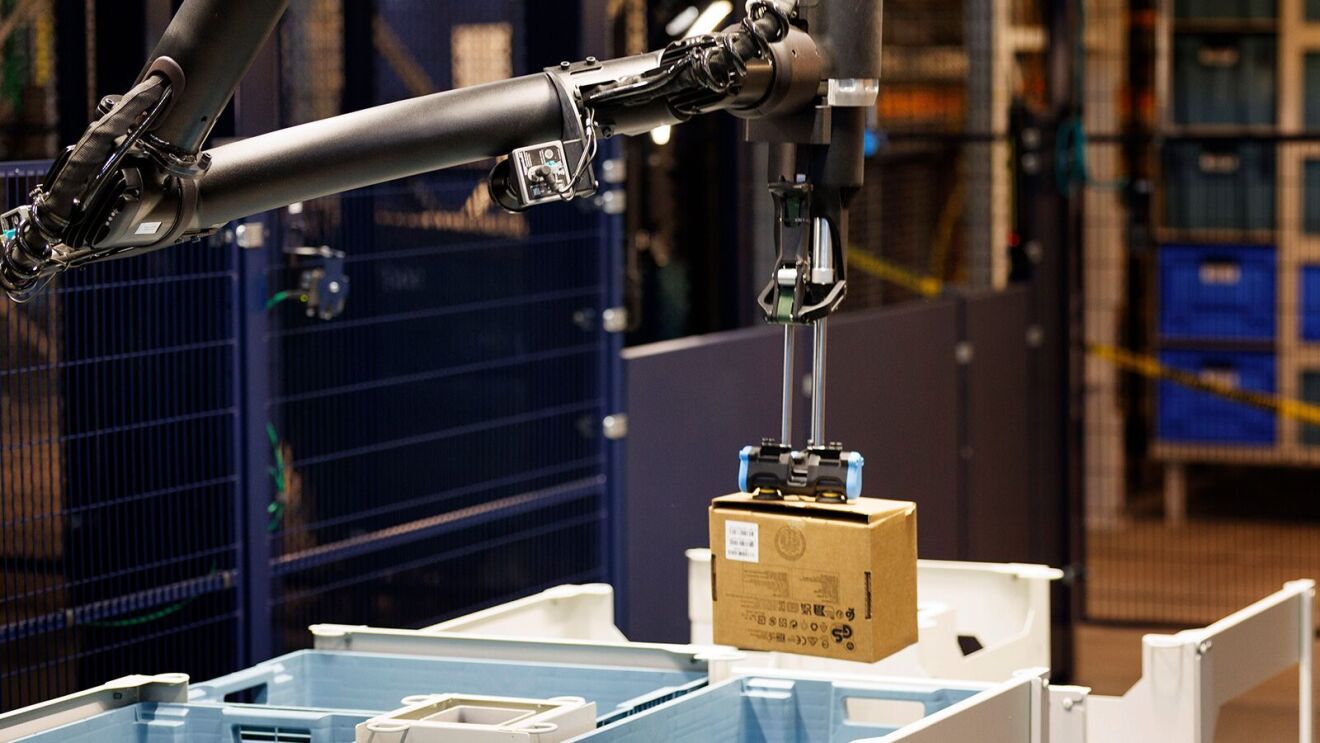Amazon is pushing back hard against reports it plans to replace workers with robots, unveiling its Blue Jay warehouse robot and Project Eluna AI system just days after internal documents surfaced showing the company's automation strategy could help it sell more without hiring. The timing isn't coincidental - Amazon's scrambling to control the narrative around job displacement as it races to cut warehouse costs.
Amazon just dropped a carefully orchestrated PR blitz about its warehouse robots, and the timing tells you everything. Just two days after the New York Times surfaced internal documents showing how the company's automation push could help it "sell more products without hiring more people," Amazon rolled out a much sunnier story about its robotics future.
The star of the show is Blue Jay, a multi-armed robot that Amazon calls "an extra set of hands that helps employees with tasks that involve reaching and lifting." But here's what makes Blue Jay different from Amazon's existing army of warehouse bots - it can handle 75% of everything Amazon stores and is designed to become the "core technology" powering the company's Same-Day delivery sites.
Amazon says it built Blue Jay in just over a year using AI, digital twins, and data from robots already deployed across its fulfillment network. The result is a system that "coordinates multiple robotic arms to perform many tasks at once, collapsing what used to be three separate robotic stations into one streamlined workspace that can pick, stow, and consolidate in a single place."
That's the kind of efficiency gain that makes CFOs smile and warehouse workers nervous. The robot essentially does the job of three separate stations with presumably fewer human operators needed to supervise the process.
Alongside Blue Jay, Amazon showcased Project Eluna, an "agentic AI system" that acts like an extra teammate, helping reduce cognitive load while optimizing sorting operations to eliminate bottlenecks. The company also teased AI-connected augmented reality smart glasses for drivers and VR training systems - all part of a broader automation strategy that's been years in the making.
Amazon Robotics chief technologist Tye Brady tried to frame the announcement in human-friendly terms: "The real headline isn't about robots... It's about people - and the future of work we're building together," he said in Amazon's blog post. The company also highlighted its plan to hire 250,000 seasonal workers for the holidays, emphasizing that "no company has created more jobs in the U.S. over the past decade than Amazon."












